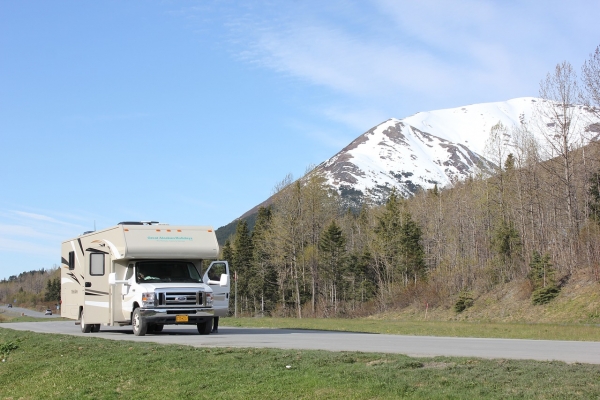Welcome to Crossing Creeks RV Resort & Spa in the heart of iconic Blairsville
RV weather seals—also called gaskets or weather stripping—are as important in warm weather as in cold, and warm weather is a much better time to replace them if you do the work yourself. Warm weather keeps rubber gaskets more flexible, making them easier to work with.
You have three very easily understood reasons for renewing weather seals before summer. Seals that are in sound condition:
- Keep air-conditioned air in your RV and hot, humid air out.
- Prevent water leaks from heavy summer thunderstorms and road spray.
- Block out insects and other pests.
Weatherstripping is likely to deteriorate around entry doors, storage compartment doors, windows, operating roof vents and slide-outs.
Installation Types Differ
Some weather seals apply with glue, often (but now always) in the form of an adhesive backing on the seals themselves. The adhesive surface is exposed when you peel off a plastic or paper cover. These seals are common on entry doors.
Seals for sliders often are fastened with glue but require an application of liquid adhesive, since they typically don’t come with a pressure-sensitive backing. Some mount in tracks on the RV.
Other weather seals press into place. Many have a slotted surface that attaches to the edge of a window or compartment door, or to an upward-facing, leak-discouraging lip on the frame of a roof vent.
Finding a Proper Gasket
Seals may differ by make and model of RV, but buying more-expensive original equipment seals usually is not necessary. Several manufacturers offer aftermarket window, door and vent gaskets in a range of sizes, styles and prices. They typically have catalogs in RV stores or online charts to help find the proper fit. For instance, if you go to manufacturer Steele Rubber Products’ web page and click on slide-outs, you’ll find single and double bulb seals of varying heights and widths, seals with fins, seals with track mount, and seals with peel-and-stick adhesive, all shown in profile. Matching a seal profile usually turns up a match.
Other replacement gasket suppliers include CR Laurence, Bling-Flagship, Lightman, Minor Rubber, Perma-Fit, Trimlok and Zoro.
Simple Installation Steps
For a proper fit:
- Watch weather seal installation videos online before proceeding.
- Find and buy the appropriate seal, using in-store or online assistance.
- Take photos with your cell phone or digital camera of the old seal as it was properly installed, then intermittently during removal, so it’s easier to reverse the process during reinstallation.
- Read the instructions included with the new seal.
- Remove the stripping.
- Clean dirt, corrosion and glue residue from the RV surface. You may need a scraper and solvent. Take care not to damage paint and decals.
- Fit the new gasket, then install by using pressure-sensitive adhesive, applying adhesive or pushing a seal into place, depending on type. Remember: It’s easier to curve flexible rubber seals in warm weather than in cold weather. Working in the shade will prevent excessive heat from fiberglass or metal surfaces.
- Using a utility knife or shears, trim the seal to fit, then apply sealant to any small gaps that may result.
When buying slider seals, make sure they’re wide enough to overlap or cover the gap between the slide-out and the adjacent, stationary RV wall. That keeps out water, dust, pests and debris.
Leave a comment
Make sure you enter all the required information, indicated by an asterisk (*). HTML code is not allowed.
